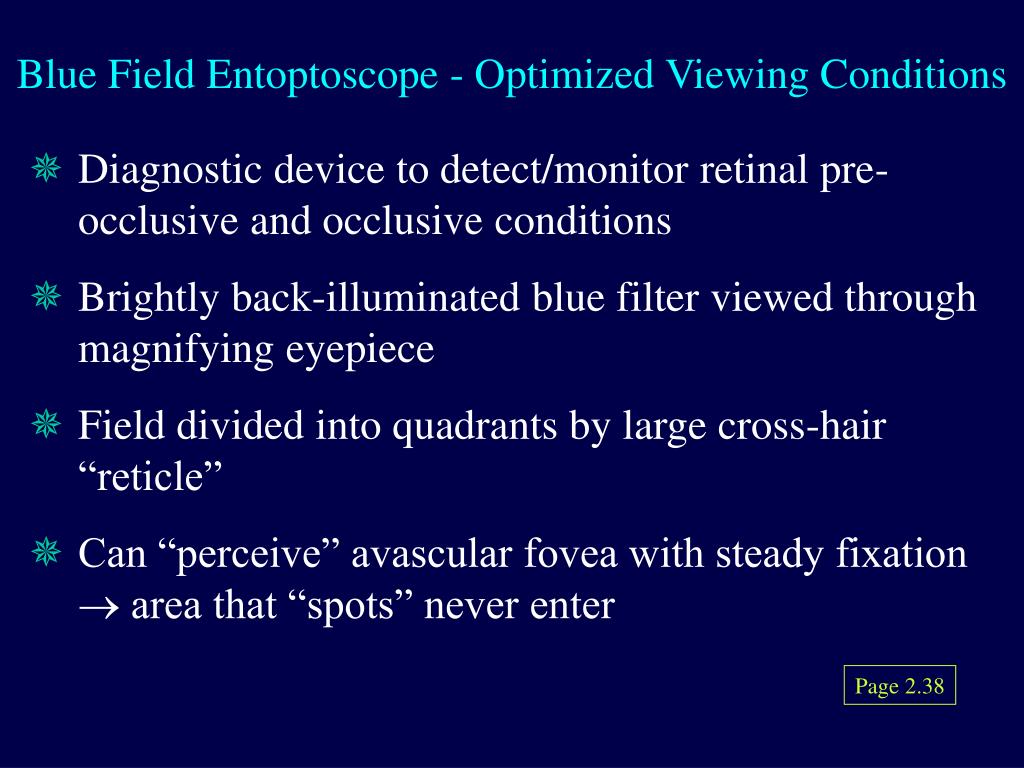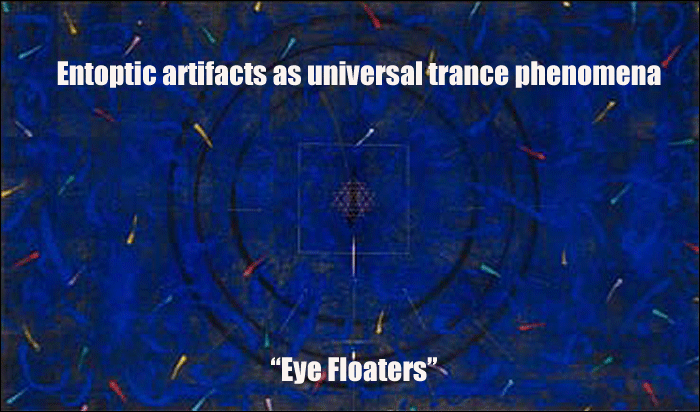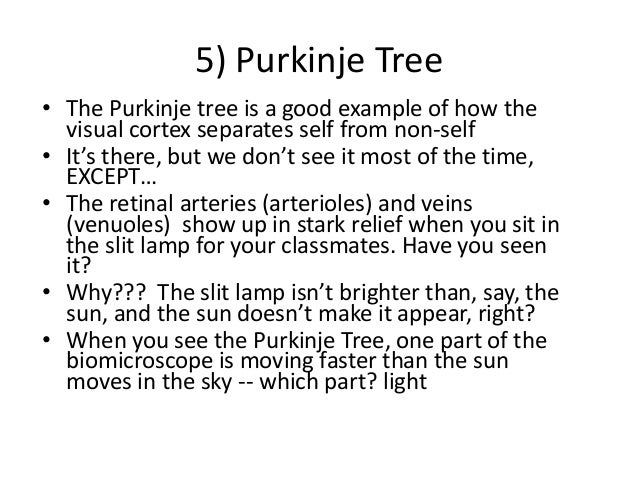

Beerling, Cambridge University Press, 1985, hardcover, ISBN 2-6 Robert Greenler, Rainbows, Halos, and Glories, Elton-Wolf Publishing, 1999, hardback, ISBN 0-89716-926-3.Chiaverina, Light Science: Physics and the Visual Arts, Springer, New York, 1999, hardback, ISBN 7-0 "Wave Optics and Quantum–Optical Phenomena". Archived from the original on Janu– via Source ^ Gagliardi, Jason (17 November 2002).Archived from the original on 4 March 2005. ^ "Big Thicket National Preserve Virtual Field Trip".^ "UQ scientist unlocks secret of Min Min lights".

Archived from the original on 4 April 2005. ^ "Welcome to Phenomenon! Your guide through the mysterious and unexplained".The ability of light to travel through space or through a vacuum.The separation of light into colors by a prism.Rayleigh scattering (Why the sky is blue, sunsets are red, and associated phenomena).Polarized light-related phenomena such as double refraction, or Haidinger's brush.Pleochroism gems or crystals, which seem "many-colored".Fluorescence, also called luminescence or photoluminescence.Double refraction or birefringence of calcite and other minerals.Diffraction, the apparent bending and spreading of light waves when they meet an obstruction.Chatoyancy, cat's eye gems such as chrysoberyl cat's eye or aquamarine cat's eye.Baily's beads, grains of sunlight visible in total solar eclipses.Aventurescence, also called the Schiller effect, spangled gems such as aventurine quartz and sunstone.

Aura, a phenomenon in which gas or dust surrounding an object luminesces or reflects light from the object.Asterism, star gems such as star sapphire or star ruby.

One such occurrence was taken from Cerro Paranal.
Upper-atmospheric lightning, including red sprites, Blue jets, and ELVESĪtmospheric optical phenomenon Non-atmospheric optical phenomena Green flash appears above the solar disc for a second or so. Nacreous cloud/Polar stratospheric cloud. Heiligenschein or halo effect, partly caused by the opposition effect. Halos, of Sun or Moon, including sun dogs. Auroral light (northern and southern lights, aurora borealis and aurora australis). Alexander's band, the dark region between the two bows of a double rainbow. This demonstrates that space is curved, as the theory of relativity predicts.Ī circumzenithal arc over Grand Forks, North Dakota The Belt of Venus over Paranal Observatory atop Cerro Paranal in the Atacama Desert, northern Chile One famous observation is of the bending of light from a star by the Sun observed during a solar eclipse. Some are quite subtle and observable only by precise measurement using scientific instruments. There are many phenomena that result from either the particle or the wave nature of light. Also listed here are unexplained phenomena that could have an optical explanation and " optical illusions" for which optical explanations have been excluded. Optical phenomena include those arising from the optical properties of the atmosphere the rest of nature (other phenomena) of objects, whether natural or human-made (optical effects) and of our eyes (Entoptic phenomena). For instance, the colors generated by a prism are often shown in classrooms.Ī solar halo as seen from 41° south latitude Scope Other phenomena are simply interesting aspects of optics, or optical effects. Others, such as Fata Morganas, are commonplace in favored locations. Some phenomena, such as the green ray, are so rare they are sometimes thought to be mythical. One common example is the rainbow, when light from the sun is reflected and refracted by water droplets. Common optical phenomena are often due to the interaction of light from the sun or moon with the atmosphere, clouds, water, dust, and other particulates. Optical phenomena are any observable events that result from the interaction of light and matter.Īll optical phenomena coincide with quantum phenomena. Observable events that result from the interaction of light and matter A 22° halo around the Moon in Atherton, California








 0 kommentar(er)
0 kommentar(er)
